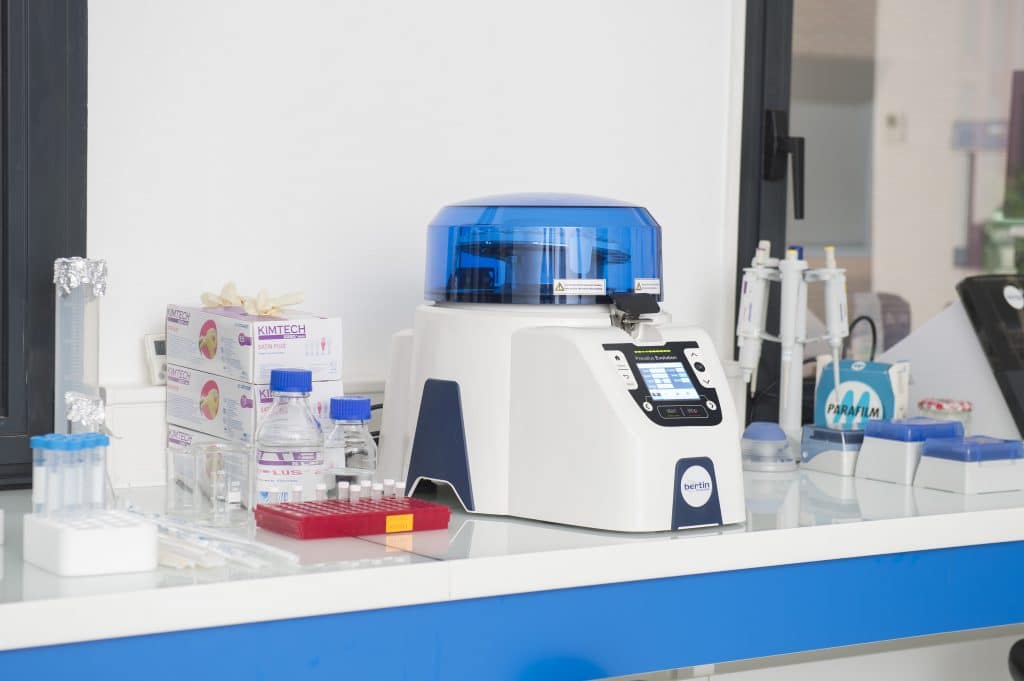Endocrine disruptors (EDC) can provoke endocrine system dysfunctions and consequently population decline, which could lead to long term ecosystem’s jeopardy. It is then crucial to study them thoroughly.
A team of scientists aimed to study the impact of the CLD – an insecticide which was widely used in French West Indies until 1993 – on the concentration of the 20-hydroxyecdysone in the decapod Macrobrachium rosenbergii (in vivo), which is a key hormone of the arthropod endocrine system.
The scientists chose to use the Precellys® Evolution homogenizer for its high extraction yield and protocol reproducibility. They also employed a Bertin Bioreagent ELISA kit, allowing proper analysis of the Macrobrachium rosenbergii muscle tissue and accurate measurement of the impact of CLD.
